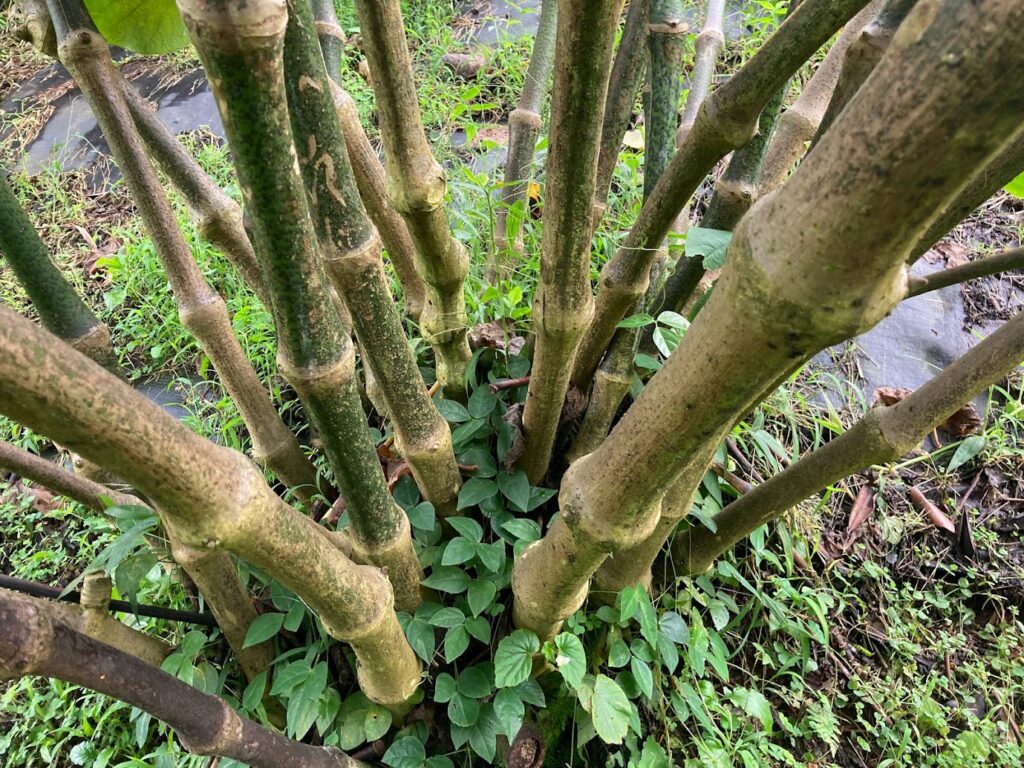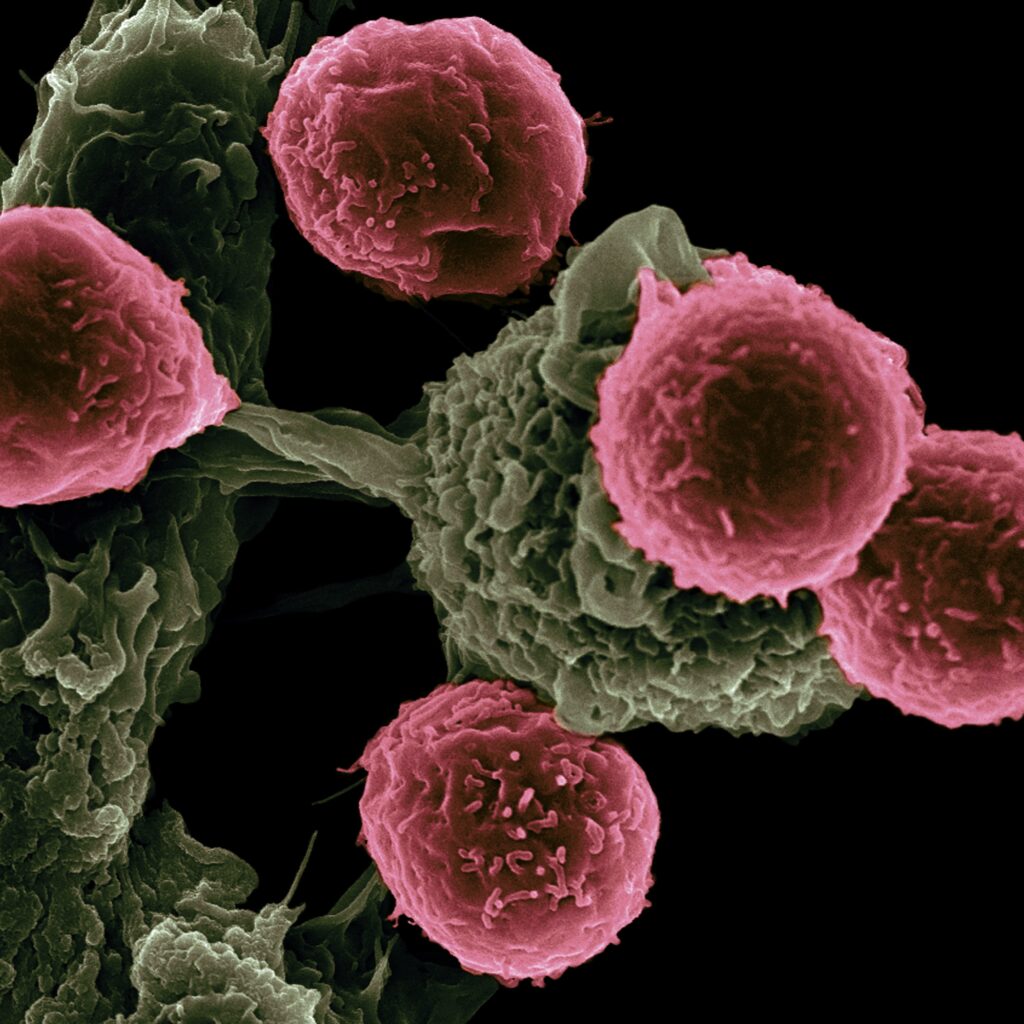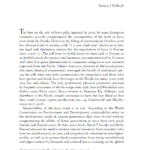Summary of: Traditional aqueous kava extracts inhibit cytochrome P450 1A2 in humans: Protective effect against environmental carcinogens?

Citation: Russmann, Stefan, Bernhard H. Lauterburg, Yann Barguil, Erwan Choblet, Pierre Cabalion, Katharina Rentsch, and Markus Wenk. 2005. “Traditional Aqueous Kava Extracts Inhibit Cytochrome P450 1A2 in Humans: Protective Effect against Environmental Carcinogens?” Clinical Pharmacology and Therapeutics. https://doi.org/10.1016/j.clpt.2005.01.021.
Fast Summary:
- The document titled “Traditional aqueous kava extracts inhibit cytochrome P450 1A2 in humans: Protective effect against environmental carcinogens?” published in Clinical Pharmacology & Therapeutics (2005) explores the potential effects of traditional consumption on cytochrome P450 (CYP) enzymes, specifically CYP1A2, and its implications for drug interactions and protection against environmental carcinogens.
Full Summary:
Introduction (Page 1):
The study was initiated due to concerns about potential herb-drug interactions and previous findings that kavalactones could inhibit cytochrome P450 (CYP) enzymes in vitro. The focus was on the traditional aqueous extract of kava root (Piper methysticum Forst f), commonly consumed in the South Pacific.
Methods (Page 1):
Six healthy subjects from New Caledonia, regular consumers of traditional aqueous kava extract for more than six years, were studied. They were asked to stop consumption for 30 days without any other lifestyle changes, including diet, smoking, and medication. Two sessions of CYP phenotyping were conducted using model compounds, and metabolic ratios for five different probe drugs reflecting the activities of different CYP isozymes were determined before and after the 30-day abstinence.
Results (Page 1):
The caffeine metabolic ratio, reflecting CYP1A2 activity, increased 2-fold after cessation of kava consumption, aligning with metabolic ratios in healthy control subjects. No significant changes were observed for other probe drugs, such as mephenytoin, debrisoquin, chlorzoxazone, and midazolam. The results suggest that traditional consumption inhibits CYP1A2.
Implications and Conclusion (Page 2):
The inhibitory effect on CYP1A2 warrants caution for kava consumers prescribed drugs that are substrates of CYP1A2 (e.g., theophylline, R-warfarin, fluvoxamine, tizanidine). The inhibition of CYP1A2 could lead to altered drug metabolism and potential interactions.
Interestingly, CYP1A2 is responsible for the metabolic activation of potent carcinogenic environmental toxins such as aflatoxins, common in the warm and humid climate of the South Pacific. The study suggests that kava consumption could have a protective effect against environmental carcinogens through the inhibition of CYP1A2.
The paper also references a previous study that suggested an inverse correlation between cancer incidence and this plant’s consumption for a number of Pacific Island Nations. Through inhibition of CYP1A2, kava consumption could thus have a protective effect against environmental carcinogens.
Additional Insights:
The study provides valuable insights into the potential effects of traditional consumption on CYP1A2 enzyme activity. It highlights the need for caution in prescribing certain medications to kava consumers and introduces an intriguing possibility that consumption may offer protection against certain environmental carcinogens.
The research methodology included a controlled cessation of kava consumption and the use of specific probe drugs to assess the activity of different CYP isozymes. The increase in the caffeine metabolic ratio after stopping consumption was a key finding, supporting the conclusion that it inhibits CYP1A2.
The implications of this study extend beyond the realm of drug interactions. The potential protective effect against environmental carcinogens opens up new avenues for understanding the health benefits of kava, particularly in regions where exposure to aflatoxins and other toxins is a concern.
The paper’s findings contribute to the broader understanding of the pharmacological effects and the interaction with the human metabolic system. It emphasizes the complexity of herb-drug interactions and the need for careful consideration when prescribing medications to individuals who consume kava regularly.
In conclusion, the study sheds light on the dual nature of kava’s interaction with CYP1A2, highlighting both potential risks in terms of drug interactions and potential benefits in terms of protection against environmental carcinogens. It underscores the importance of further research into the complex interactions between traditional herbal remedies and modern pharmacology, with implications for both clinical practice and public health.




